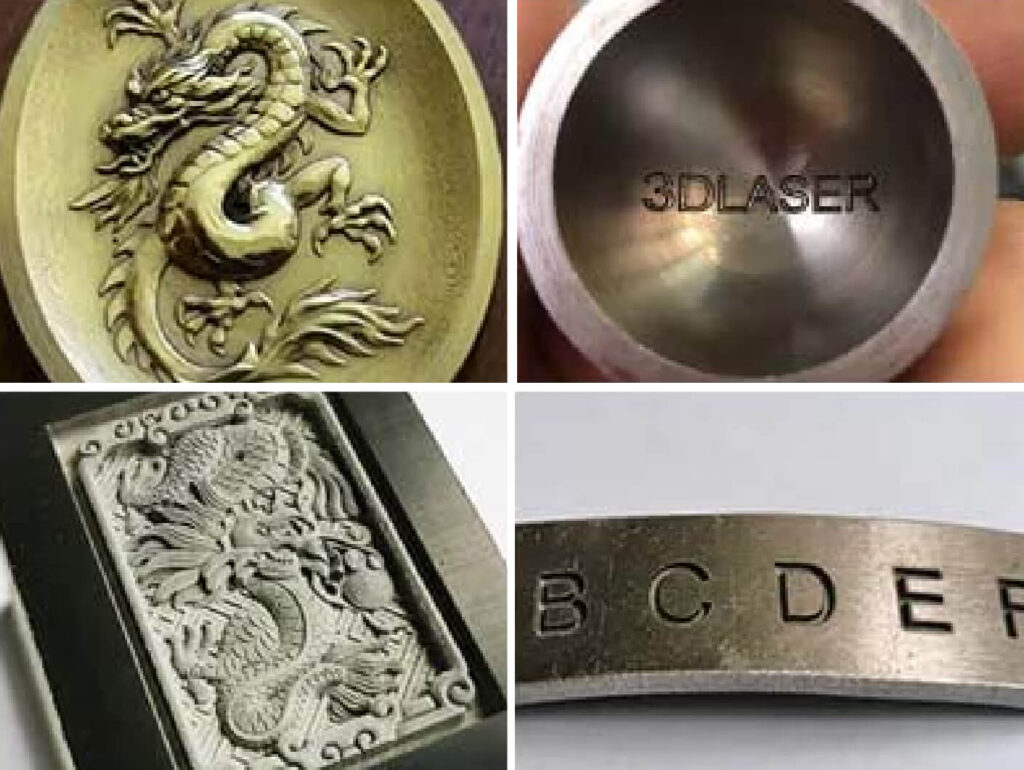Laser marking has become a key technology in modern manufacturing, offering speed, precision, and durability in product identification. However, when surfaces are uneven, curved, or highly detailed, traditional flat marking methods fall short. This is where 3D laser marking transforms the process, providing accurate and permanent engravings on complex geometries.
What Is 3D Laser Marking?
3D laser marking is an advanced technique that uses dynamic focusing and scanning systems to adjust the laser beam in real time. Unlike 2D systems, which can only engrave on flat surfaces, 3D systems follow the contour of the material, ensuring consistent depth and clarity across varying shapes and heights.
This technology is widely used to create barcodes, serial numbers, logos, and decorative patterns on products where precision is critical.
Benefits of 3D Laser Marking
Marking on Complex Shapes
3D systems can engrave smoothly on curved, sloped, cylindrical, or uneven surfaces, which is impossible for traditional flat marking machines.
High Precision and Clarity
The laser automatically adjusts its focal length, ensuring markings are sharp and consistent, even on surfaces with varying depths.
Permanent and Durable Results
Unlike ink or labels, 3D laser marking creates permanent marks resistant to wear, heat, and chemicals, ensuring traceability over time.
Wide Material Compatibility
3D laser marking can be applied to metals, plastics, ceramics, glass, and coated materials, offering flexibility for multiple industries.
Eco-Friendly and Cost-Effective
The process requires no inks, chemicals, or consumables, reducing waste and lowering operating costs.
Applications of 3D Laser Marking
- Automotive Industry: Engraving VIN codes, engine parts, and curved dashboard components.
- Electronics: Marking microchips, circuit boards, and device casings with precision.
- Medical Devices: Engraving surgical instruments and implants with traceable identification codes.
- Aerospace: Marking turbine blades and other components with complex geometries.
- Luxury Goods: Adding decorative patterns or logos on jewelry, watches, and custom products.
3D vs. 2D Laser Marking
While 2D marking is sufficient for flat products, 3D laser marking offers unmatched versatility. It ensures uniform quality even on irregular surfaces, reduces the need for mechanical repositioning, and speeds up production by eliminating manual adjustments.
Future of 3D Laser Marking
With industries demanding higher precision and customization, 3D laser marking is becoming the standard for advanced manufacturing. As technology evolves, faster scanning speeds and integration with automation systems will further improve efficiency and broaden its applications.
Conclusion
3D laser marking represents the next generation of laser engraving, enabling manufacturers to create permanent, high-quality marks on complex surfaces with speed and accuracy. From traceability to design, its applications span multiple industries, making it a vital technology for modern production.

